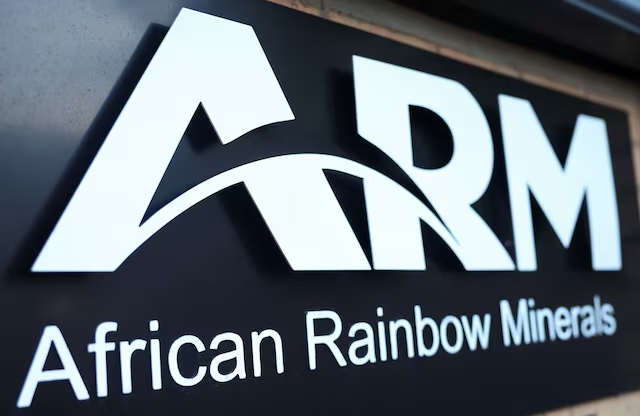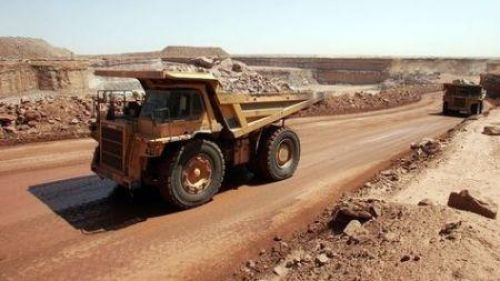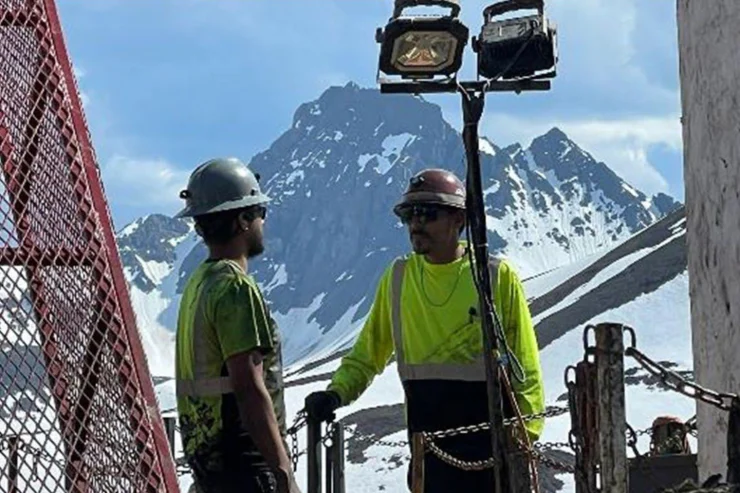Mining

Zambia;sThe Kitwe disaster, a call for AI and clean data in mining safety

A new Bloomberg report indicates that the environmental impact of the recent Kitwe dam disaster in Zambia is approximately 30 times worse than initial estimates, equating to the release of toxic waste volume matching 400 Olympic-sized swimming pools.
In response to the disaster, Alastair Bovim, CEO of Insight Terra, has advocated for the adoption of artificial intelligence (AI) as a critical tool for timely detection and prevention of such events. Bovim was quoted emphasizing that failures often develop gradually before a sudden collapse, making early intervention essential to avoid immense social, environmental, and financial costs.
Bovim presented AI not as a standalone solution, but as a dynamic "force multiplier" for engineering teams. He argues that AI is best applied to the "4Ds"—tasks that are Dangerous, Dull, Dirty, or Difficult for humans to perform continuously and safely. This approach shifts monitoring from a reactive to a proactive and preventive model.
The "4Ds" framework translates into specific applications:
- Dangerous: Using AI to conduct inspections in high-risk areas like unstable dam crests or contaminated zones, eliminating the need to endanger human lives.
- Dull: Automating repetitive and error-prone tasks like data transcription and log analysis, while automatically flagging subtle early-warning signs in data.
- Dirty: Remotely monitoring hazardous materials such as acidic water or toxic slurries without exposing personnel.
- Difficult: Synthesizing vast and fragmented data from satellites, sensors, and historical records into clear, actionable insights that reveal emerging risks.
The report suggests that while the mining industry is a prime example, this principle applies to any sector where continuous, trustworthy data is needed to prevent harm.
The power of AI is described as being dependent on the quality of its underlying data, with the industry adage "garbage in, garbage out" still holding true. Bovim cautions that without high-quality, contextualized, and rigorously validated data, AI systems risk automating and amplifying poor decisions. Therefore, creating an immutable and auditable single source of truth is presented as a critical foundation.
The article notes a misalignment between global standards, like the Global Industry Standard on Tailings Management (GISTM), and local regulations in many jurisdictions. This discrepancy often leads companies to comply with the lowest legal requirement rather than the highest safety standard, a practice that leaves communities exposed and undermines public trust.
Bovim concludes that technology must empower, not replace, human expertise. He states that AI should free engineers to apply their judgment to high-level decisions, enhance community monitoring, and make transparency the default. Furthermore, early detection is framed as a sound business strategy, helping companies avoid the far greater costs of emergency response, litigation, and reputational damage following a disaster.
The Kitwe disaster is cited as a stark reminder of the necessity of prevention. The report ends with a call to action for industry leaders and legislators to move beyond debate and make real-time, auditable monitoring a regulatory requirement, asserting that timely and accurate data is the key difference between disaster and resilience.












